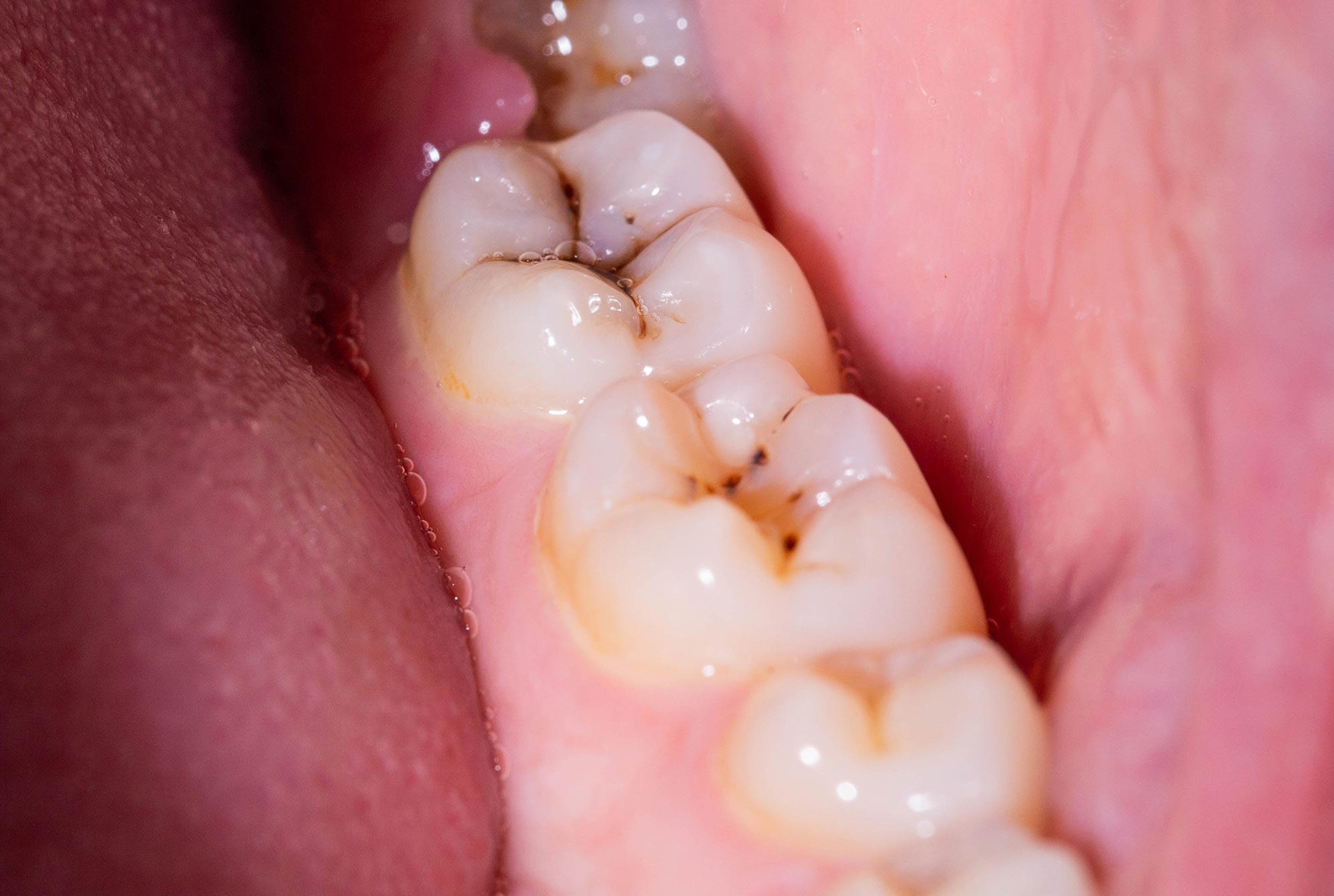The Vegetable Compound That Could End Tooth Decay Forever
For generations, the battle against tooth decay has been the same story: dentists warn about sugar, we brush and floss daily, and yet cavities remain one of the most common health issues in the world. Billions are spent on dental treatments every year, and despite advances in oral care, the cycle of plaque buildup, decay, and fillings continues.
But a discovery published in early 2025 may completely rewrite that story.
Scientists have identified a natural compound in cruciferous vegetables—like broccoli, cabbage, and Brussels sprouts—that appears to eliminate up to 90% of plaque and tooth decay.
The compound is called Diindolylmethane, or DIM. And according to researchers, it could one day make cavities—and the painful, expensive treatments they require—far less common.
What Exactly Is DIM?
DIM isn’t a laboratory creation or some obscure synthetic additive. It’s a natural molecule formed in the human body when we digest cruciferous vegetables.
For years, DIM has been the focus of research for its anti-cancer and anti-inflammatory properties. Nutritionists and scientists alike have praised these vegetables for helping to support hormone balance and immune health.
But researchers recently stumbled upon something new: DIM also has an extraordinary effect inside the mouth.
The Discovery That Changed Everything
According to the 2025 study published in the Journal of Oral Microbiology, DIM is capable of breaking down bacterial biofilms—the sticky, invisible layers that harmful bacteria use to attach to teeth.
These biofilms are like armor for bacteria, particularly Streptococcus mutans, the main culprit behind cavities. When plaque hardens into these biofilms, brushing alone can’t fully remove them, and they begin eroding enamel.
What DIM does is revolutionary: it dismantles that armor.
By disrupting the biofilm, DIM leaves the bacteria exposed and vulnerable. The body’s natural defenses—and even regular brushing—can then wash them away before they do damage.
One researcher described DIM’s effect as “taking away the bacteria’s shield,” allowing the mouth’s own immune system to finish the job.
From Vegetables to Toothpaste?
The implications of this finding are massive.
If DIM can consistently break down plaque at this level, it could lead to a whole new generation of oral care products—DIM-infused toothpastes, mouthwashes, and maybe even dental treatments that deliver the compound directly where it’s needed most.
Imagine a future where your toothpaste not only scrubs away plaque but chemically dismantles it, making cavities nearly impossible to form.
Scientists are already exploring how DIM could be safely and effectively included in consumer products. The potential is staggering—not only for reducing cavities, but also for lowering the need for fillings, root canals, and other invasive dental procedures.
Why This Discovery Matters More Than You Think
Tooth decay might seem like a small issue, but it’s actually one of the most widespread health problems globally.
-
According to the World Health Organization, nearly 3.5 billion people suffer from oral diseases.
-
Cavities are the most common chronic disease among children and adults.
-
Poor oral health has been linked to heart disease, diabetes, and other serious health conditions.
If DIM can dramatically reduce plaque and cavities, the ripple effects could improve not only oral health, but overall health.
Is DIM a Miracle Cure?
Experts caution against calling it a “magic bullet.”
DIM won’t suddenly make brushing and flossing obsolete. Good oral hygiene will always matter. And while the research is groundbreaking, it’s still in its early stages.
But the power of DIM lies in how accessible and natural it is. We’re not talking about an expensive new chemical—it’s a molecule produced when we eat vegetables many of us already have in our kitchens.
The idea that something as simple as broccoli might help end cavities feels almost too good to be true—but the science is starting to back it up.
The Path Ahead: What’s Next for DIM in Dentistry
Researchers are now focused on the practical applications:
-
Can DIM be stabilized for toothpaste and mouthwash without losing effectiveness?
-
What is the ideal concentration to break down plaque safely?
-
Could DIM also help treat gum disease by attacking bacteria that cause inflammation?
If these questions can be answered, DIM could be incorporated into oral care products within the next decade.
Some experts even envision preventative dental treatments—like professional cleanings enhanced with DIM—that could help protect teeth for months at a time.
A Quiet Revolution in Your Kitchen
The most fascinating part of this story might be how ordinary the source is.
The answer to a future with fewer cavities wasn’t hidden in a pharmaceutical lab—it was sitting in produce aisles all along.
Cruciferous vegetables like broccoli, cabbage, and Brussels sprouts already had reputations as “superfoods.” Now, they might become known for something even more surprising: protecting our teeth.
And while it’s too early to say that eating more broccoli will instantly improve your dental health, researchers agree that a diet rich in these vegetables provides DIM naturally—and that’s a very good thing.
Why This Discovery Feels So Promising
Science often moves in small, incremental steps. But every once in a while, a discovery like this comes along and changes the conversation entirely.
For decades, we’ve accepted cavities as inevitable. Kids get fillings, adults get root canals, and dentists patch us up again and again.
DIM might be the breakthrough that finally shifts us from repairing damage to preventing it.
It’s too soon to say exactly how far this will go. But one thing is clear: this simple, natural compound has already changed how researchers think about oral health—and it might change the way the rest of us care for our teeth, too.
Source: Journal of Oral Microbiology, 2025 study reported by Dr. Clark Store
